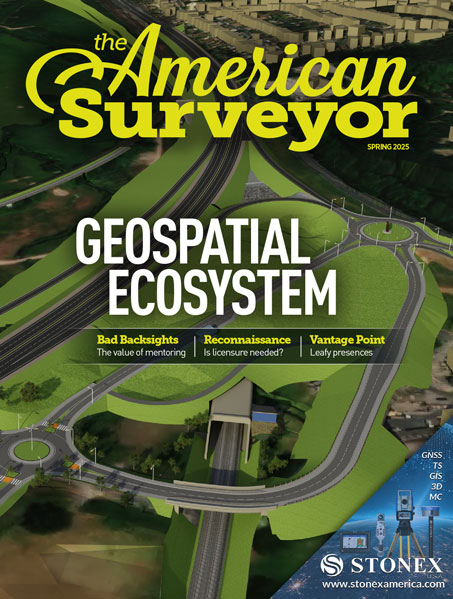Data generated by this USGS project, including vector shorelines and transects, associated short- and long-term rates of change, statistical uncertainties, and areas of beach nourishment, have been compiled in an Internet Map Server (IMS). The IMS brings the usefulness of GIS to a web browser, allowing the user to interactively view and manipulate data layers.
The new assessment, designed to help coastal managers at all levels of government make more informed decisions, was done to address the need for accurate shoreline change data, including rates and trends that are consistent from one region to another. The completion of the Gulf of Mexico portion of the study marks the first in a series that will eventually address the Atlantic Coast, Pacific Coast, and parts of Hawaii and Alaska.
To meet these national needs, USGS is undertaking the first-ever analysis of historical coastline change along the entire conterminous United States and parts of Alaska and Hawaii, Morton said. The analysis looks at shoreline change from early maps made in the 1800s to modern-day LIDAR measurements made as recently as 2002.
The USGS U.S. Gulf of Mexico Shoreline Change Internet Map Server can be found at: http://coastalmap.marine.usgs.gov/regional/contusa/index.html
This interactive mapping site includes individual data layers compiled in support of the U.S. Geological Survey’s National Assessment of Shoreline Change Program – 61 percent of the Gulf Coast shoreline is eroding.
A 44-page full-color report discussing historical shoreline change and coastal land loss along the U.S. Gulf of Mexico is available for viewing and printing at:http://pubs.usgs.gov/of/2004/1043/.
A data catalog complements the report and the IMS by offering downloadable data layers complete with FGDC compliant metadata. These data can be found at: http://pubs.usgs.gov/of/2004/1089/.
See also:
